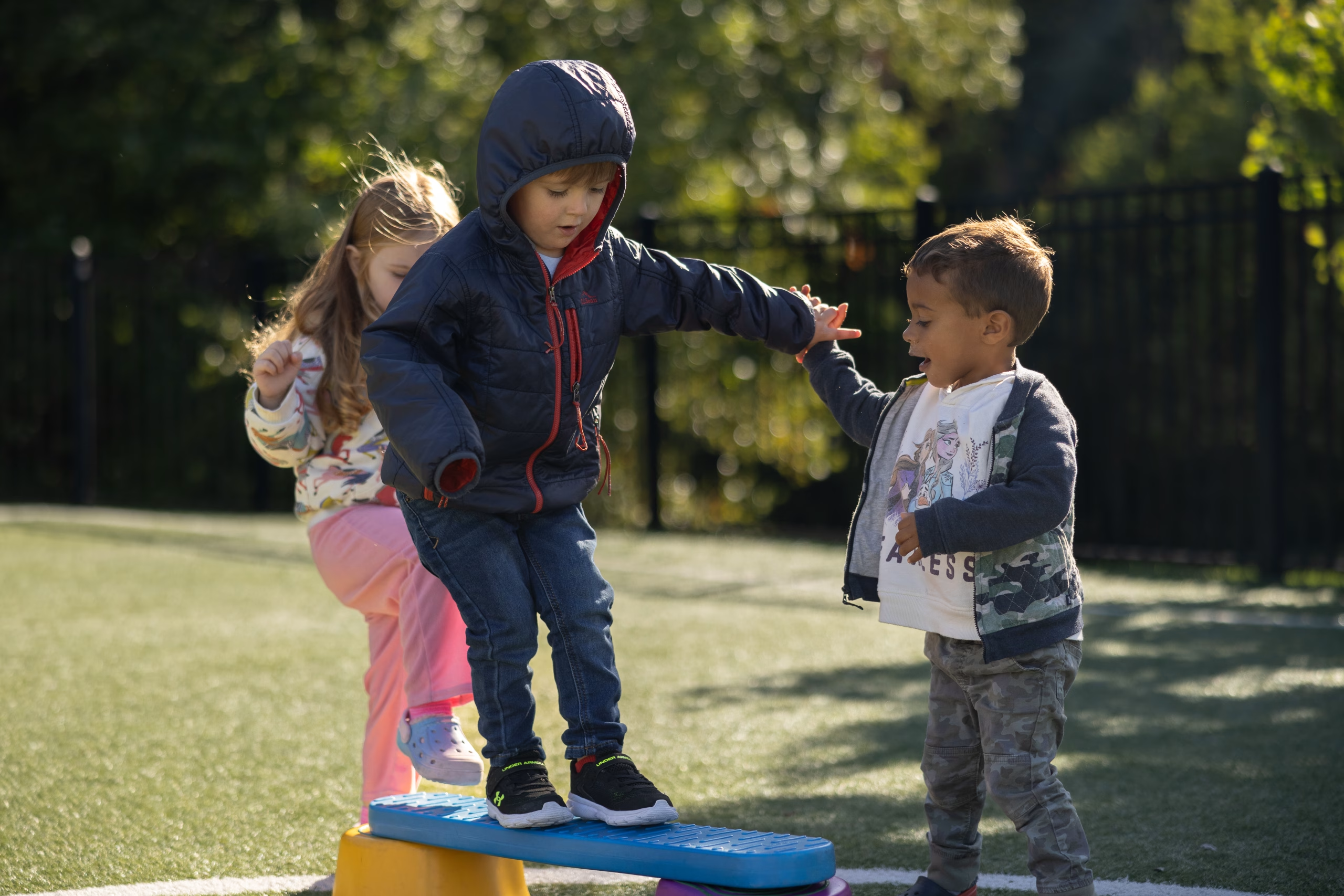
As parents, we live by our routines. Even if you were the “fly by the seat of your pants” type when you were childless, you likely instituted some (if not a lot of) routines once you had kids to protect your sanity and keep things humming along.
Routines are good for us. The great thing about routines is that the further you get into a routine, the more the routine becomes ingrained in your day-to-day. Simple routines, like brushing your teeth twice a day, become lifetime habits easily. The action is low-cost (in terms of time and supplies needed) but the rewards are high (clean Bill of Health at the dentist’s office). More complicated routines, like working out or eating right, take longer to develop. They require more of our time and energy. But the rewards are also high.
Managing your child’s virtual learning from home (possibly while you work from home) is a routine none of us could have predicted would end up on our radar. And yet here we are. With the school year well underway everywhere in the country, no doubt if you’re monitoring your child’s distance learning, you’ve put some routines in place. But what happens when – just like your well-meaning New Year’s resolution to eat better and work out – those routines start to unravel?
It happens to the best of us. We start towards a goal with energy and exuberance. And then life happens. We get busy. The dishes pile up in the sink. The laundry towers closer towards the ceiling. A clean countertop begins to fill with piles of mail and paperwork to sift through. And good habits we develop begin to wane in favor of more sleep or more personal time.
Suddenly, any good habits you may have developed around virtual learning could suffer. Your attitudes around being your child’s full-time caretaker, teacher and proctor as you try to manage your own career become less optimistic. The brand-new pack of sharp crayons are now dulled, many broken in half, and some missing under the couch. The brand-new IKEA desk now has a permanent stain (mac & cheese?) and you’ve given up on the optional virtual family meetings on Friday afternoons. Because they’re optional (duh), you’ve never met these people in person and who has the time?

It’s normal to lose steam. It’s OK to feel more realistic and less optimistic. But before you throw in the towel, here are some tips from our team of educators to reinvigorate your child’s virtual learning so you can both make the most of it.
Create (or re-visit) your daily schedule – and involve your kids
Design an overall “classroom” schedule that includes times for virtual learning, independent work, play time, meals, rest, etc. Some of these periods may overlap or occur at the same time if you have more than one child engaged in virtual learning.
Allow your children to have a voice in how the schedule is organized.
Post the schedule somewhere everyone can see.
Teach flexibility as the schedule needs to be altered.
Create a visual schedule for younger children just learning to read.
Establish, model and practice routines

Have a plan in place for how you would like your children to operate each day – a set of “classroom rules.” Communicate that plan and teach your children how to follow through. You can even try role playing and practicing.
What are your expectations when children sit down at their desks in the morning? How can they set themselves up for the day?
If children have breaks in the day, what should they do vs. what should they not do?
Will you (or another parent) check their assignments before they submit or not?
Involve children in classroom design and setup

Virtual Learning Center: Allow your children the opportunity to individualize their area with artwork and desk accessories.
Homework/Reading Center: If you have room in your home for a separate homework or reading area, it may help to give children a change of scenery. Make sure they have additional supplies in this area so they can easily go back and forth between here and their Virtual Learning Center.
Hang-Out Zone: Create a nook of some kind – even set up a tent with a bunch of pillows, cushions and twinkle lights for your children to relax, unwind, read, draw or daydream during breaks or after a hard day’s work.
Set and model expectations
To allow school-age children to thrive, we need to communicate, teach and demonstrate clear expectations. When we assume that everyone understands our unspoken expectations, negative behaviors are a natural effect. Having realistic expectations about what children at each age can and cannot accomplish helps parents set the stage for positive relationships and interactions. When you focus on the positive behaviors that happen daily, the number of negative attention-seeking behaviors that occur are reduced. Let children know that they are making good choices and doing great work in the classroom, verbally acknowledging every positive action you see occurring.
-Share your expectations with your children and solicit their feedback.
-Develop shared goals and expectations.
-Model those expectations and practice.
-Post your expectations and review them daily.
-Don’t be afraid to adjust these to meet the changing needs of your children!
-When a child does not want to participate in their virtual class or small group instruction:
-Ask questions. What is going on for this child that has them feeling this way? If you can get to the underlying root of their concern, you can help the child acknowledge the problem and work through a solution together.
-Come up with a plan together. Set a timer. Agree on a positive consequence once the timer goes off.

Take a BRAIN BREAK. Check out these resources:
Brain Breaks: What you Need to Know
You and your kids can do this! Don’t give up!
Looking for more news you can use?
We would love to send you our free monthly newsletter, Parenting Essentials! You’ll receive a newsletter by email, full of parenting advice, ideas and information, as well as articles about emerging trends in educational child care.





